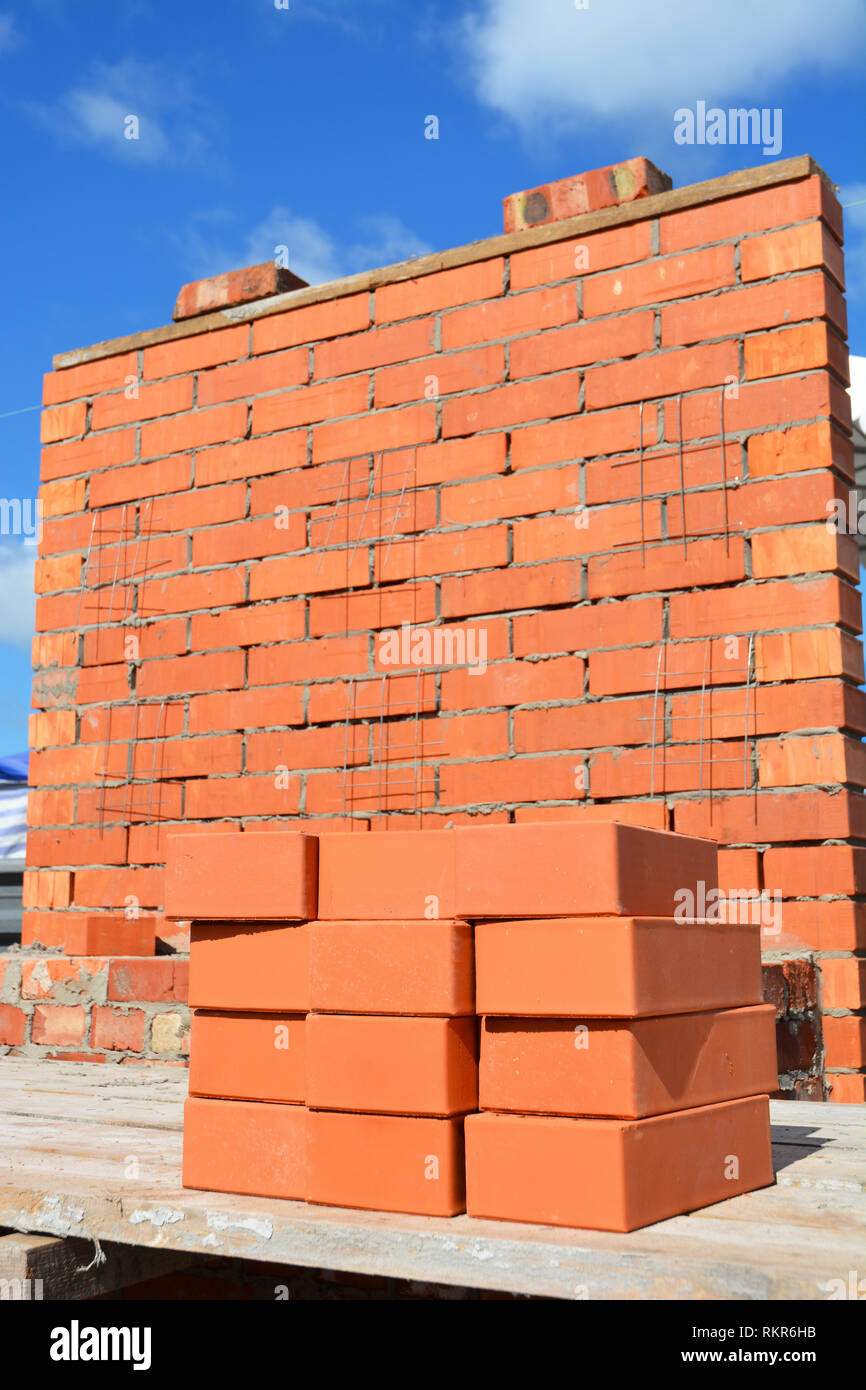The 20-Second Trick For Bricklayer Auckland
Wiki Article
7 Simple Techniques For Bricklayer Auckland
Table of ContentsThe Of Bricklayer AucklandBricklayer Auckland Things To Know Before You Buy6 Simple Techniques For Bricklayer AucklandNot known Incorrect Statements About Bricklayer Auckland
If these wall surfaces are intended to be stopped at door height (as normally performed in the tiled roofs with ceilings), the walls need to not be quit exactly at top of the door degree and also quickly left at that level. One layer of bricks ought to be laid over the door frame and throughout the size of the wall and after that just the dividers wall ought to be ended up (Bricklayer Auckland).MUST-READ: Sorts Of Bonds Made Use Of In Block Stonework Wall Surface Building And Also Their UsesJust how to Protect and also Brickwork should be shielded from rain by suitable covering when the mortar is eco-friendly. Preferably healing of brickwork, especially in concrete mortar, is done (as in concrete job) by completely saturating it with water after setup of mortar (preferably after covering it with straw, hessian, gunny bags, etc) for fourteen days.
Where the scaffolding pole relaxes on the wall surface, only one header block will be left out so that the bond of the wall surface can quickly be made full and ideal after the scaffolding is removed.
Facts About Bricklayer Auckland Uncovered
The blocks must be set out at both ends of the framework, with a string line extended between them to act as a guide when laying the first programs of blocks. It is also advised that rule of thumbs are made use of lumber boards driven into the ground at either end with markings to ensure the bricks are laid degree. To achieve staggered upright joints, some bricks may need to be halved. A mark ought to be made on the block where the cut is to be as well as, after putting on solid ground, a sharp blow made utilizing a strengthen sculpt as well as swelling hammer. Rough sides can after that be chipped off.Block construction is one of the longest-lasting and also most safe and secure methods to create a structure. There are numerous type of building using blocks as well as several items that can be developed - Bricklayer Auckland. Over the centuries, there have been lots of construction techniques created that help with various structures, such as homes, fire places, walls and also simple sidewalks or patios.
By much, the most common type of block building is the production of walled frameworks. No matter go to this web-site whether the structure itself is a property-dividing wall surface or a whole estate constructed of bricks, much thought as well as effort goes into each development.
About Bricklayer Auckland
The block fireplace is just one of the most typical kinds of brick building and construction. A block fire place provides warmth and also improves any kind of room visually, but it additionally is one of one of the most difficult sorts of building. These structures are constructed within a residence, normally as it is being created.
The thick header bond and rat-trap bond are popular construction design options when making a fireplace. Constructing a block pathway or brick driveway is a popular method of including resilient reliability and visual allure to the grounds of a home. Blocks are laid into the ground so they can be walked or driven over.

Zig-zagging herringbone bonds and the rotating basket weave bonds are favorites for walkways and also driveways. Comparable to a driveway, a block patio area offers a degree, stable location for outside lounging. These brick building and construction structures generally are also installed right into the ground as well as use strong patterns, such as the basket weave as well as herringbone.

Some Known Details About Bricklayer Auckland
From these bricklaying patterns, a limitless number of individualised bonds and also patterns can be created. Please note that when we reference headers as well as cots, we are referring to the typical brick orientations. Made up of stretchers embeded in rows as well as after that balanced out by a fifty percent brick, the stretcher bond is one of one of the most common and also well-used bricklaying patterns.Report this wiki page